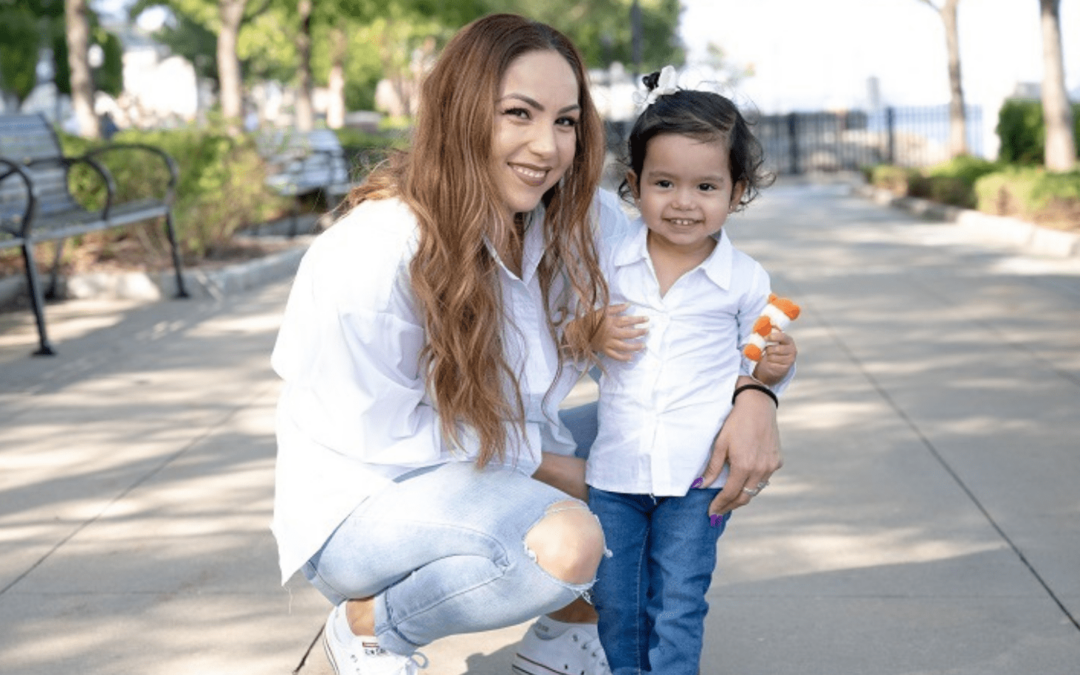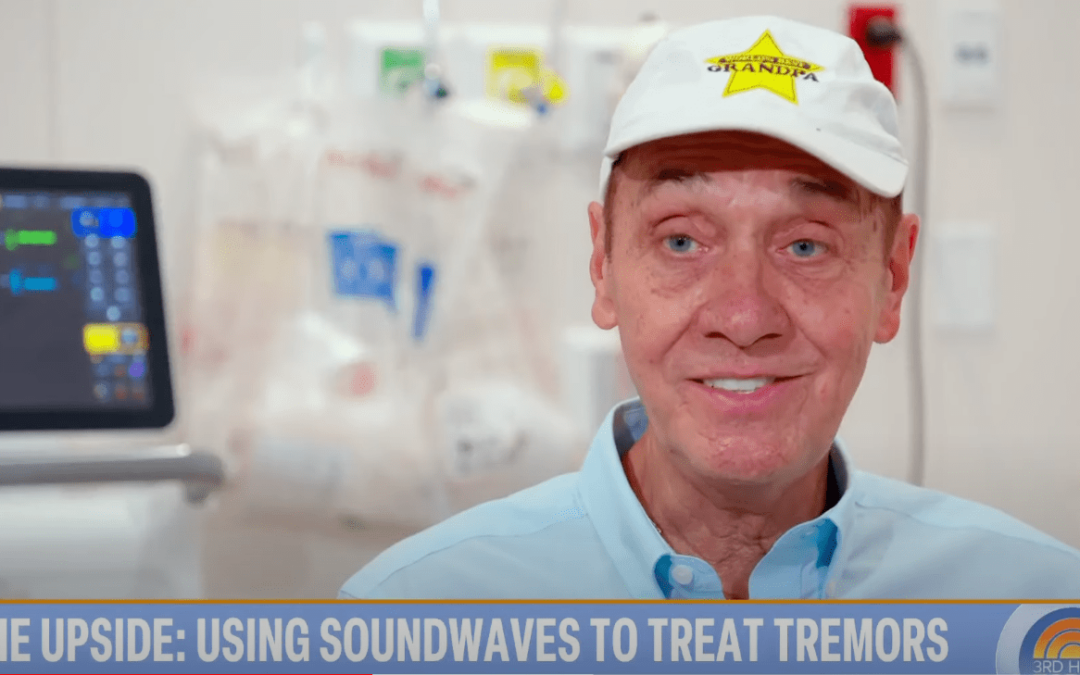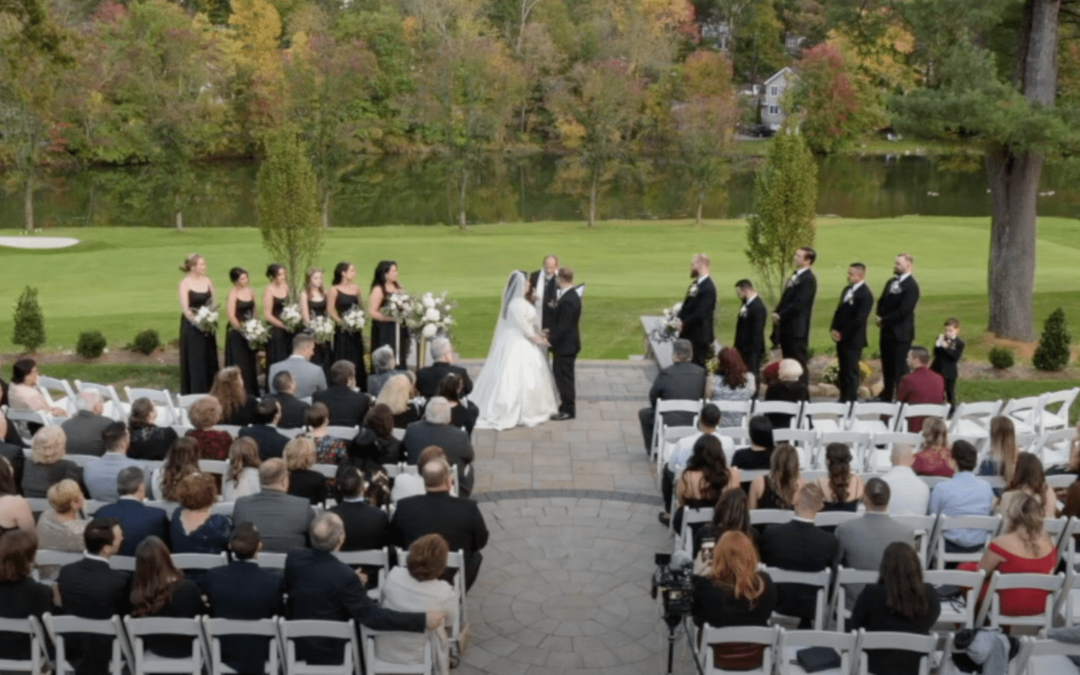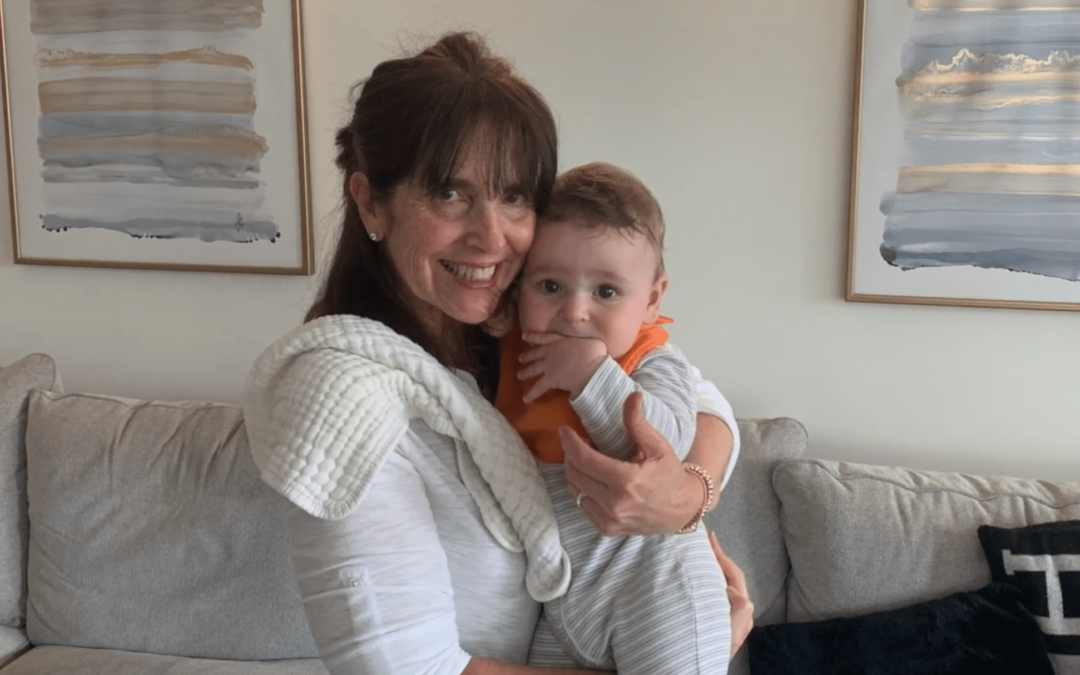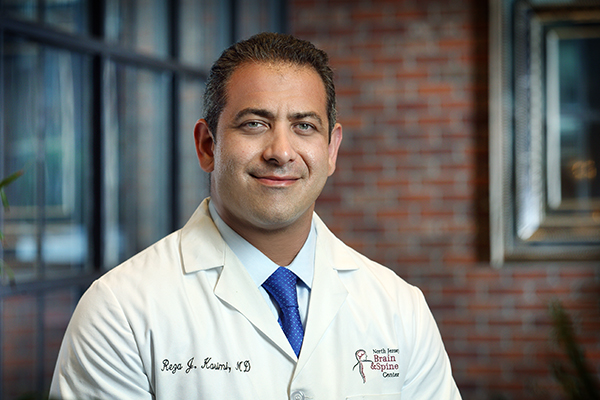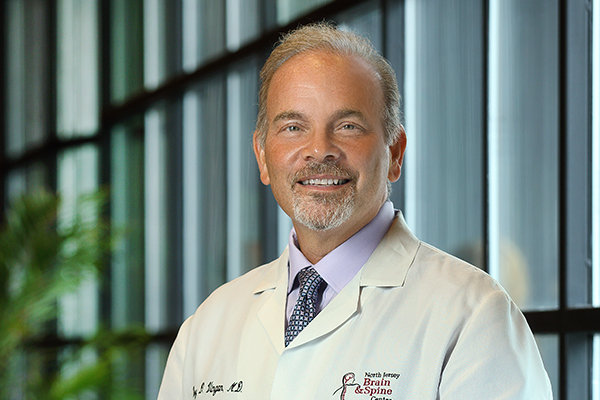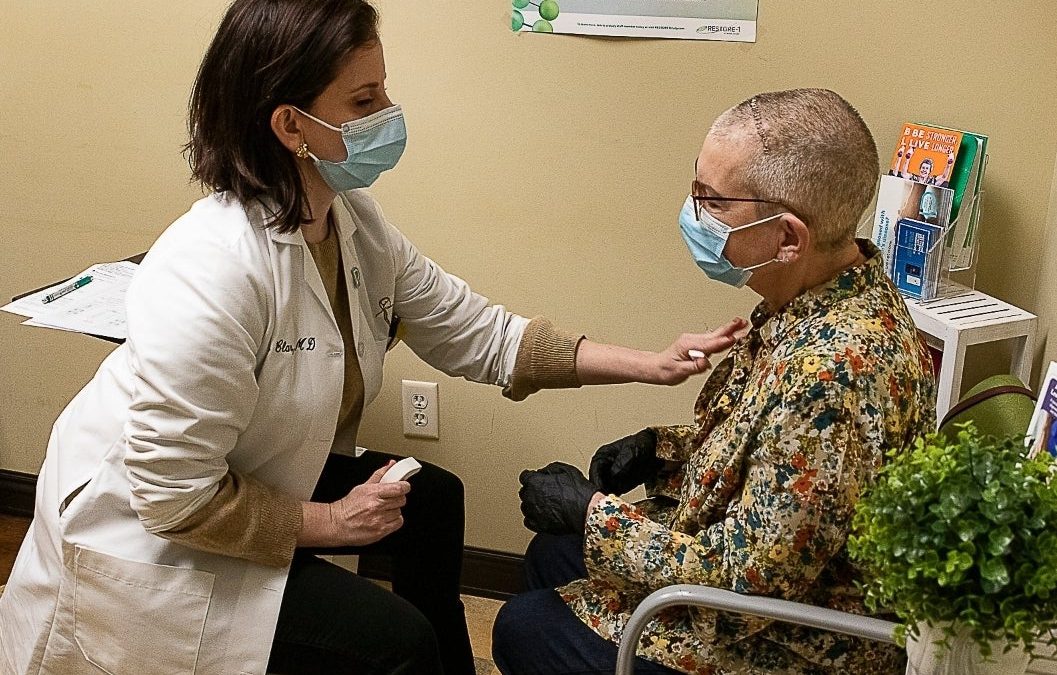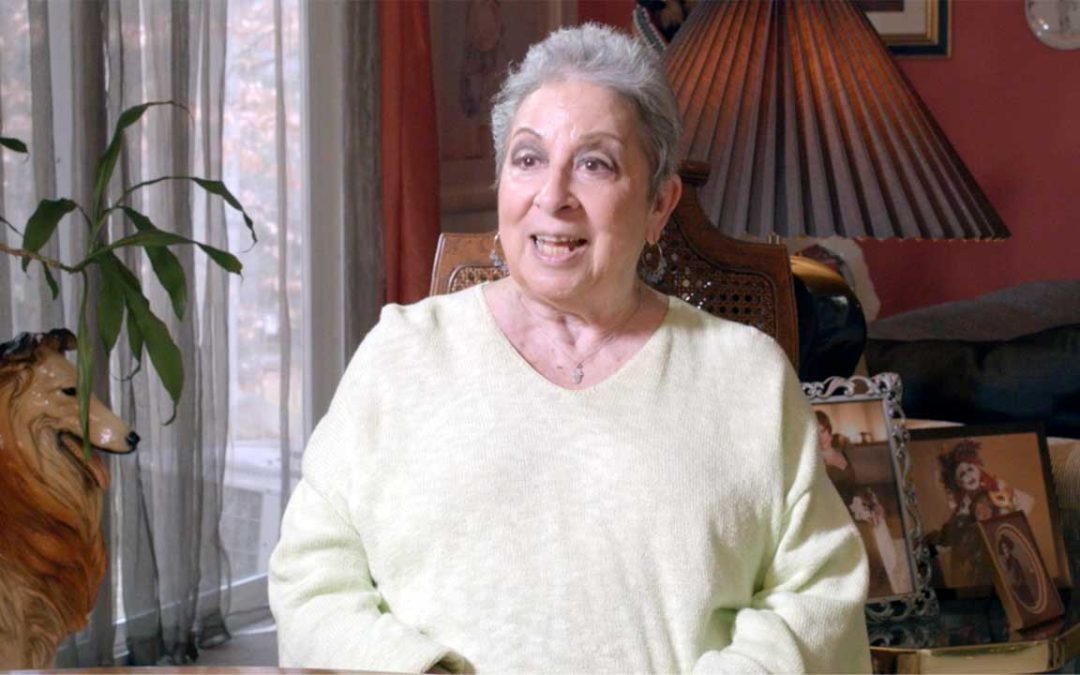Scoliosis is a condition in which the spine develops an abnormal curve, which is often characterized by an “S” or “C” shape. This condition affects between 6 and 9 million people in the United States. While it is most commonly identified in children between ages 10 and 15 years old, it can occur at any age. As you age, the spine can degenerate and curve, resulting in a diagnosis in adulthood. Depending on severity, scoliosis can cause pain, discomfort, and reduce your quality of life. At New Jersey Brain and Spine, with multiple locations across New Jersey, we have over three decades of experience treating conditions like scoliosis with both conservative and surgical options.
What causes scoliosis?
Most of the time, the cause of scoliosis is unknown. Adults can be diagnosed with scoliosis that wasn’t identified in their adolescent years and progressed. Scoliosis in adults can also occur as arthritic changes in the joints and discs in the spine develop, leading to curvature in the spine and back or lower extremity pain.
What are the symptoms of scoliosis?
Early signs of scoliosis may include:
- Noticeable back pain or discomfort
- Uneven shoulders or hips
- Numbness, cramping, shooting pain in the legs due to pinched nerves
- A rib hump in the lower back
If the condition progresses without treatment, these changes can cause complications like posture deformities that may make it hard to breathe, chronic pain, and even nerve and organ damage.
How is scoliosis diagnosed?
Scoliosis is diagnosed based on a physical exam and imaging. The condition may be detected first through a physical screening in which the physician has the person bend forward at the waist to examine the curvature of the spine. If this screening indicates a potential problem, the physician will order an X-ray to confirm the diagnosis and to measure the degree of the spinal curve.
In some cases, the physician may order additional imaging tests to further evaluate the spine when underlying conditions are suspected. These may include:
- Computed tomography scan, which provides detailed images of the shape and size of the spinal canal and the bony structures around it.
- Magnetic resonance imaging, which provides three-dimensional images of the spinal cord, nerve roots and surrounding tissues.
These imaging tests can also help the physician rule out other conditions that may mimic scoliosis, such as poor posture or other spinal abnormalities like kyphosis, which is an exaggerated forward curve of the upper spine and often referred to as hunchback; lordosis, which is an exaggerated inward curve of the spine and often referred to as swayback; ankylosing spondylitis, which is a form of arthritis that causes joint inflammation and back stiffness; or Scheurmann’s disease, which is a condition where the vertebrae in the spine develop a wedge-shaped appearance, resulting in an excessive forward curve of the upper back.
Early diagnosis allows for more effective, less invasive treatment options to help prevent long-term complications.
What are the treatment options for scoliosis?
Treatment for scoliosis depends on the severity of the condition. For less severe curvatures, the physician may monitor the condition and recommend physical therapy to strengthen core muscles, increase flexibility, and improve posture.
In more severe cases where the curve is more than 50 degrees, if nonsurgical treatments have not provided relief, or you have a spinal imbalance with disabling pain, surgery may be recommended and may include:
- Laminectomy
- Discectomy
- Spinal fusion
- Osteomy
- Vertebral column resection
Can you live normally with scoliosis?
Many people with scoliosis live active, healthy lives with proper management and support. Unless you experience pain, you can continue to participate in daily activities and sports. Connecting with others who have scoliosis can provide support, information, and resources for people living with scoliosis.
A healthy lifestyle, exercise, and over-the-counter pain management can help people manage pain and prevent further progression.
Early detection is critical to prevent scoliosis from becoming severe, reduce the risk of long-term complications, and minimize the need for surgery. If you or a loved one have been diagnosed with or are showing signs of scoliosis, schedule a consultation today. Our subspecialty team offers a comprehensive range of treatment options to help you manage your condition effectively and improve your quality of life.
FAQ: Living With Scoliosis
- How bad does scoliosis have to be to need surgery?
- Generally, curves over 45–50 degrees with persistent symptoms are candidates for surgery.
- Can adults develop scoliosis later in life?
- Yes—degenerative scoliosis can occur after age 50.
- Does scoliosis get worse over time?
- It can, particularly without monitoring or management. Routine check-ups are key.
